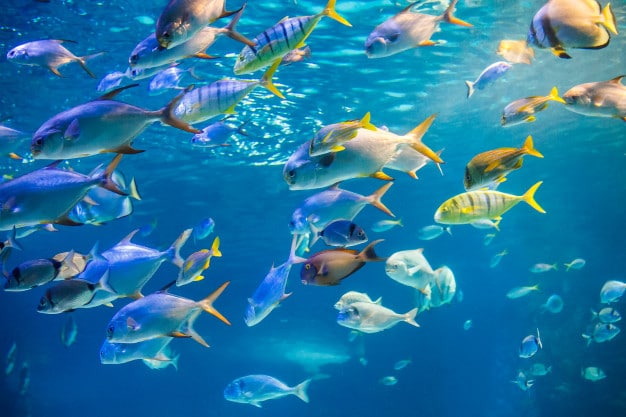
The numerous advancements made in every field over the past centuries have resulted in the emergence of lethal threats to life forms. Where some species are capable of cognitive thought process and defending themselves, others are at their mercy to ensure their sustenance. Both marine and plant life qualify as these dependent life forms that require proactive participation in saving them. However, the threats to marine life are far more dangerous as people devastate their habitats by contaminating them.
The Role Of Technology In Protecting The Marine Environment
People discovered that activities related to the beach and water are more adventurous and offer a distinct level of excitement. It drew more and more people to head towards the seas, rivers, and isolated ponds. Similarly, traveling or transporting goods by sea became a popular option as the costs were lower, and you could get large shipments across to other countries even if it took some time. Hence, we, the dominant species, started taking control of more and more waters and infected it, making it unfit for the sustenance if marine life’s survival. Luckily enough, the damage isn’t beyond repair yet, and we can reverse it using the most effective tool at our disposal – technology.
Technology has been the most magnificent discovery that has allowed us to achieve unimaginable feats. Maybe in the wrong hands, it can cause some damage, but with the right people handling it, it is competent of unprecedented good. That is why we can marginalize the harm caused to marine life using it to the point where it becomes insignificant. We can use it to track the densely populated areas of the sea and restrict crowds from visiting it.
The team of the hydrographic survey in Australia can help us do this using their efficient nautical charting that can help sea vessels navigate without interrupting sea life. Besides this, they can also help with pre-seismic hazard surveys, which allow us to scope the geographical features of the water bed. It can help steer vehicles clear of the underground topography that is likely to damage vessels. That means we can prevent probable harm to marine life that would have been caused by the accidents of these vessels. It just leads to propose how surveys are the most effective use of technology to help marine life.
However, there are various other ways in which technology can contribute. Here are some other ideas that may help understand and expand the role of technology in protecting and sustaining marine life.
1. Tracking Skin Tags
Animal tracking collars have been around for a long time. The same idea can is modified to use skin tags for sea creatures. Species that are on the edge of elimination can be relocated and tagged to avoid hunters hunting them. If they ever go off the radar, monitoring teams can track them down and ensure their safety.
2. Oil Spill tracking
Exporters generally transport fuels and petroleum using large sea shipments from ports and harbors. Accidents that happen at these places can result in oil spills into the sea, which can cause severe harm to marine life. Fortunately, floating transceivers on the surface of the water can help track these mishaps and provide real-time feedback. They even take into water currents and wind pressure to estimate the scale and trail of the spill.
3. Fish Farm Censors
Fish farms are a fabulous idea for breeding and using mature fish for selling on the market. These farmers can go one step ahead at it using technology. Underwater visualization systems and automatic feeders can promote improved breeding conditions. It may help the farmers as well as the fishes to mature in time, which results in avoiding overfishing.
4. Green Cable And Paper Bags
A great deal of harm to marine life is due to the trash and garbage that we dump in the seas. Besides littering, using standard underwater cables is equally taxing for sea life. If these things are mistaken for food by sea creatures, and they eat it, it will be an excruciating experience and inevitable death to them. That is why we need to use paper bags and green submarine cables and avoid using plastic for our day-to-day needs.
5. Artificial Habitats
Our progress has reached a stage where we can design artificial habitats for marine life. The artificial islands of Dubai are proof good enough to proceed with the idea. Using such ventures, we can help improve the living conditions and make more room underwater for sea life to survive.
6. Autonomous Vehicles
We can use small automated vehicles for rescue missions and monitoring purposes, which can help with both on the surface and underwater services. As a result, we can play an active role in ensuring that marine life isn’t suffering from a nearby accident. Also, since it is an autonomous vehicle, it doesn’t disrupt marine life in any way.
7. Communications
Communications has helped us bridge the gaps between nations and people. It can do the same for marine life and people. The remote-controlled vehicles and receivers can launch distress calls if a marine habitat or densely populated area is under threat. If informed in time, we can take immediate measures from our end to aid them and minimize the damage.
Summary
These were some methods using which technology can play a vital role in contributing to this noble cause. After all, all life deserves value, love, and respect. So if we have to share these living grounds, why not get used to supporting each other.
Read also: Canon’s Revolutionary UV Gel Technology Reinvents UV Digital Printing






